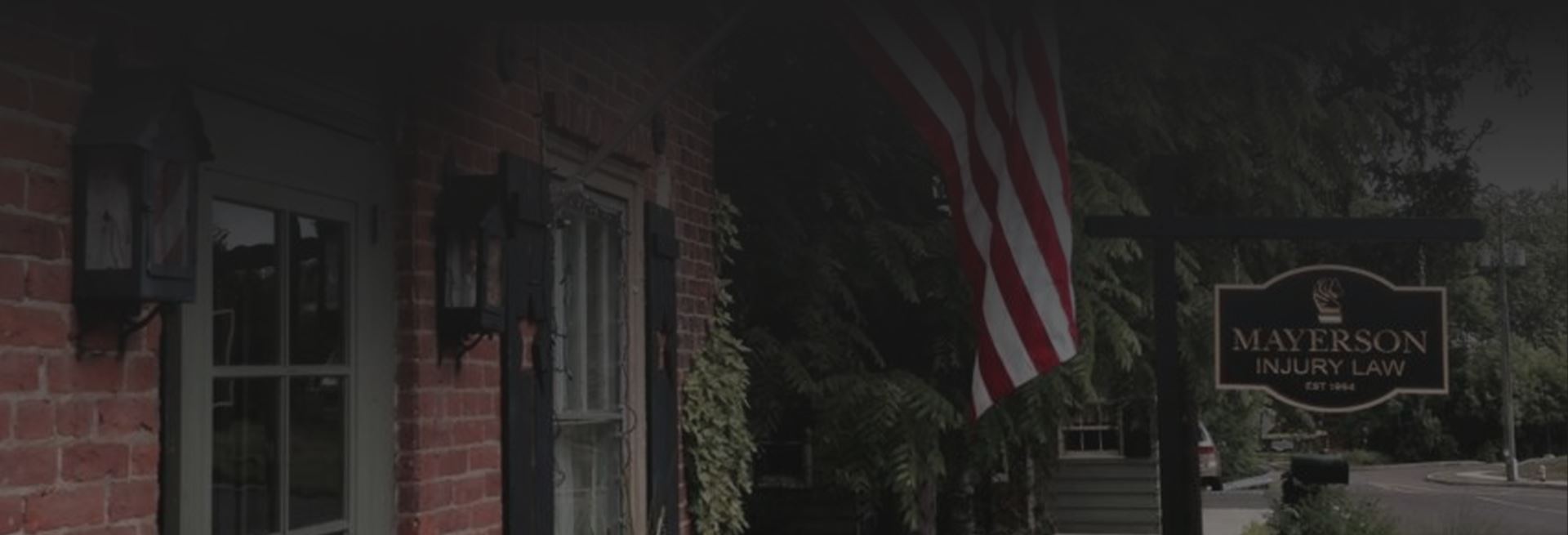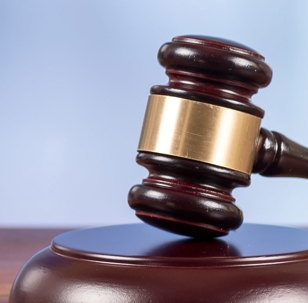Determining Fault and Ways to Legally Protect Yourself
The general rule of thumb is that the driver responsible for the accident must pay for damages. However, it can sometimes be difficult to determine who was at fault in an accident, and insurance companies will ultimately have the final say in deciding who to put at fault. In some states, like Pennsylvania, insurance companies can split fault into percentages allocated to each driver. Although they usually follow suit with what the police say, this isn’t necessarily always the case.
How To Determine Fault in a Car Accident
Insurance company adjusters are typically responsible for determining fault in a car accident. Here are some ways to determine who exactly is at fault and how to legally protect yourself:
- Make detailed notes about the accident while it is still fresh in your mind. Note if any traffic laws were violated.
- Take eyewitness statements as well as their contact information after an accident. It’s even more beneficial if there are multiple witnesses who can help corroborate what happened.
- Take as many photos as you can after the accident -- skid marks, paint and scratch marks on vehicles, even photos of injuries can help point who is at fault for a car accident.
Details About the Accident
The driver breaking any traffic laws will generally be responsible for an accident. If police are present and a citation is issued for breaking a law while driving, that driver will be considered at fault. Most accidents are spontaneous and occur unexpectedly, so this isn’t always the case. You should determine for yourself any infractions that occurred and make note of any details of the accident. Don’t hesitate to call the police to the scene of the accident. Although insurance companies can disagree with police findings of who is at fault, it will help your case to have someone with you who knows the nuances of the law.
Consider Relevant Evidence
Insurance companies will rely on different forms of evidence to determine fault in an accident. Even if a police officer was not present at the time of the accident, you should still collect evidence to help prove your case.
Anything relevant to the crash can be considered evidentiary support:
Photos
Witness statements
Video cameras. Many main roads in Pennsylvania have video cameras that are used to capture license plates of cars that run red lights. They can also be referred to when an accident occurs to see exactly what happened. On residential streets, more homeowners are implementing video cameras for protection. If you do get into a car accident in a residential area, try to see if any home surrounding you at the time of the accident has a video camera; you could ask the homeowner if you can view the video for evidence.
Physical evidence. Look around you and see if there are any other damages other than damages to the vehicles. This could include a tire or skid marks, chipped paint, or objects that were knocked over. These types of external factors can help insurance companies determine what exactly happened at the time of the accident and who is at fault.
Give a Police Statement
After making sure that there are no emergencies or serious injuries, you should have a police officer come to the scene so you can give your statement. Insurance companies won’t always agree with what the police officer determines as a fault. However, having a police officer at the scene will give you an opportunity to have an impartial view of what happened at the time of the accident.
Pennsylvania At-Fault Policies
Varying by state, insurance companies will have different processes for determining who is at fault. In Pennsylvania, consumers have the option to choose between “full-tort” and no-fault coverage. No-fault insurance means that an injured person’s own insurance company will cover medical expenses and lost income, no matter who's at fault. The only time a driver will be held liable for an accident is if your injury falls under the “serious injury” umbrella.
For car accidents, Pennsylvania also follows a “modified comparative negligence rule.” This basically means that the amount of compensation you’re entitled to will be reduced by the percentage of fault that was yours. For example, let’s say you’re rear-ended and damages add up to $10,000 dollars. In a civil trial, the jury finds that you’re 25 percent at fault because one of your tail lights was out. This means that your entitled compensation will be reduced by 25 percent and you’ll receive $7,500. If you’re over 50 percent at blame, you can’t collect anything else from the at-fault party or parties.
It’s important to never admit fault after an accident before talking to an experienced car accident attorney. Even something as simple as saying you’re sorry could be turned into an admission of guilt.
Let us help you!
Contact the experienced car accident attorneys at Mayerson Injury Law, P.C. by calling (610) 492-7155 or completing an online form and we’ll discuss your case.

